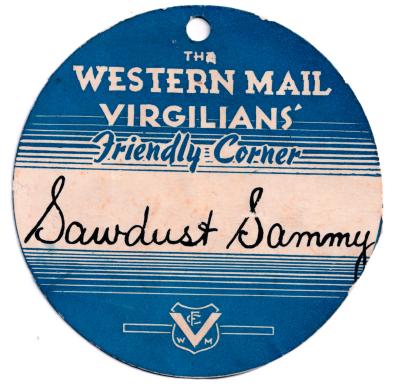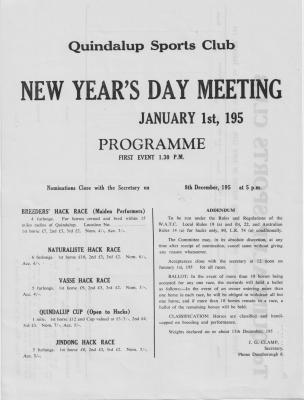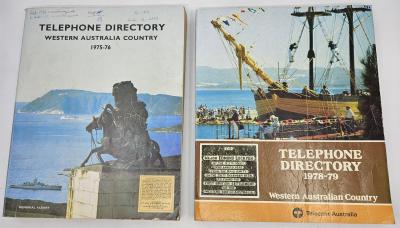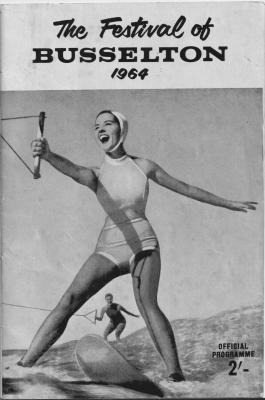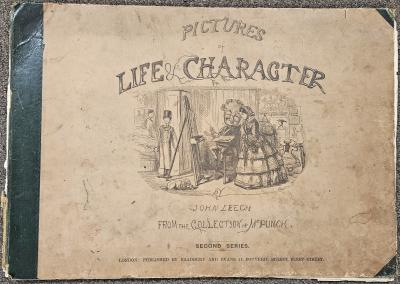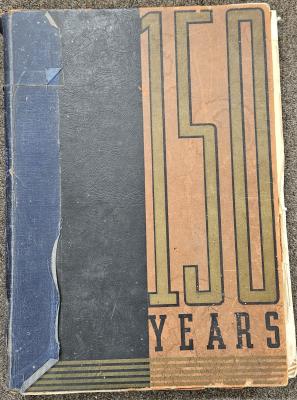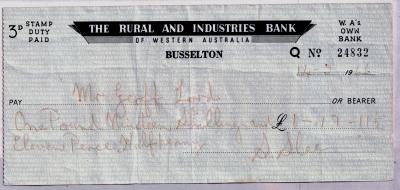International Harvester Grister
c. 1900This is an International Harvester Company (IHC) Grister or grinding mill. Grain would have been fed into the hopper at the top, then pass through the grinding mechanism and the resultant meal would exit through the spout at the bottom into a waiting container or elevator.
The roots of IHC began in the 1830s, when Virginian inventor Cyrus Hall McCormick built a horse-drawn reaper. In 1847, when the expansion of the railroad network improved distribution to distant markets, he moved to Chicago with his brother Leander and founded the McCormick Harvesting Machine Company. When Cyrus died in 1884 the company passed to his son, Cyrus McCormick Jr., whose well-publicized troubles with his labour force were the origin of May Day as a public holiday. In 1902, the McCormick Harvesting Machine Company merged with Deering Harvester Company and some other smaller agricultural equipment manufacturers to create the IHC. An IHC Australian subsidiary was created in 1904 to handle distribution and sales in the Pacific region and to compete with local suppliers like H.V. McKay’s Sunshine Harvester Works and Horwood Bagshaw. This move was obviously successful as IHC started manufacturing agricultural machinery in Australia at Geelong in 1939 and is still operating in Australia today under the name Case IH.
IHC manufactured over 20,000 gristers between 1906 and 1948, all of which had a very similar design.
Details
Details
A Grister was used for grinding grain into meal for stock feed and this one would have been powered by a small portable engine or tractor PTO that provided between 6 to 15 horsepower. This grister is catalogued as a 6-inch model based on the width of the spout from which the milled grain exited.
This Grister was believed to be owned by Eugene Norfolk Montague Locke, the son of John Bavage Locke who arrived in Western Australia in 1842 as part of the Australind Settlement Scheme and when this failed, he moved further south and settled at Wonnerup. The construction of the family home Lockeville began in 1850s with a small wattle and daub house and in 1870 a limestone two-storey building was added. The Locke family, who were renowned for their racehorses, resided at Lockville until 1912 when it was sold to cover gambling debts. A grister, like this one, would have been handy for preparing horse feed!
More items like this
Other items from Busselton Historical Society
- Virgilian name tags
- Killerbys Departmental Stores Brochures
- Peake's - The Australian Grocers' Household Diary 1955
- The Church Catechism No. 70 booklet
- Quindalup Sports Club New Year's Day Meeting Programme
- Telephone Directory - Western Australia Country
- Festival of Busselton - Programmes
- Jetty Marathon Walk - Record Book by John Bussell
- "Pictures of Life & Character" by John Leech
- Australia 150 Years 1788-1938 book
- Andrews & Beaven Chaff Cutter
- Rural and Industries Bank Cheque
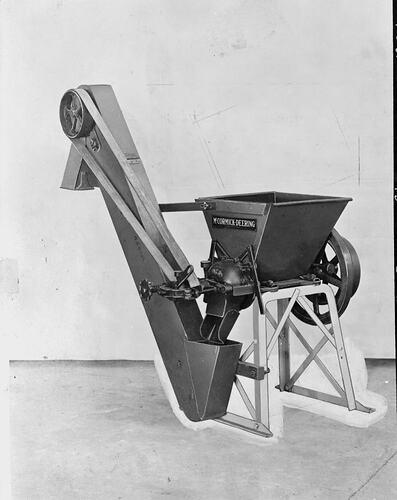
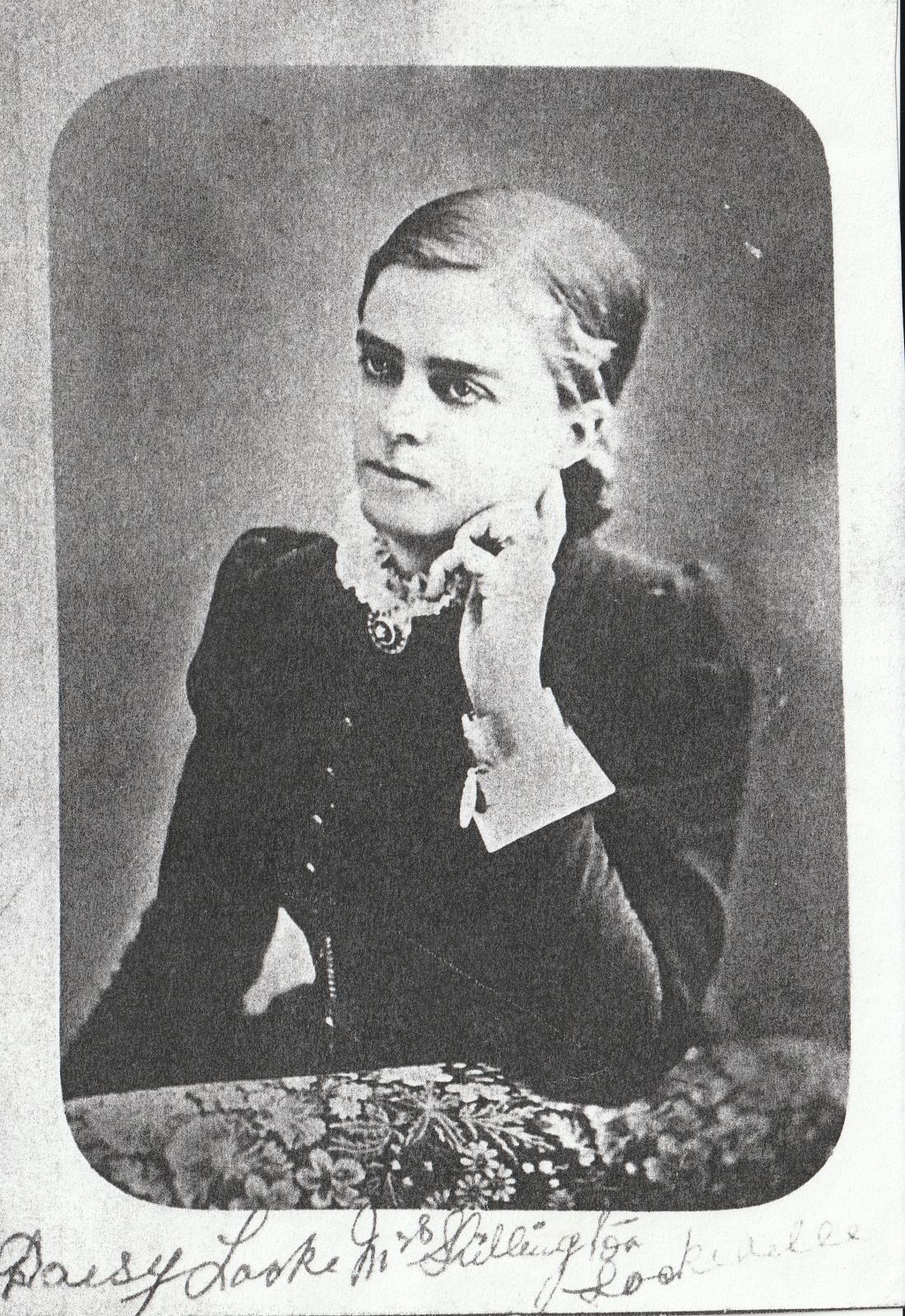
Photo 4012 BHS Archive
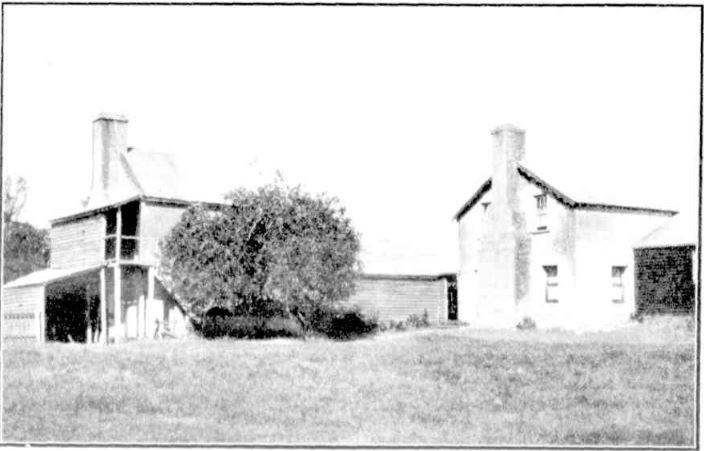
Scan this QR code to open this page on your phone ->

